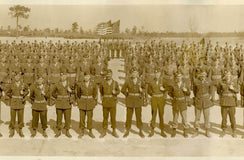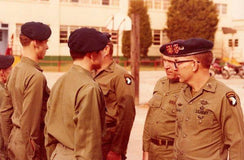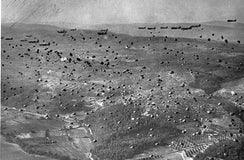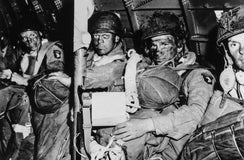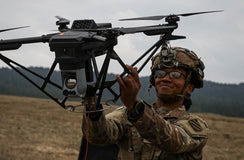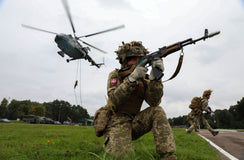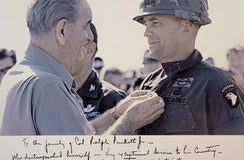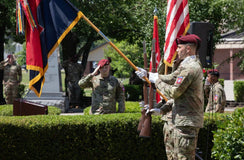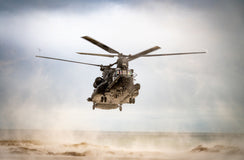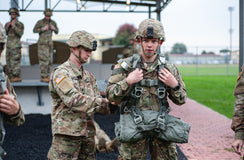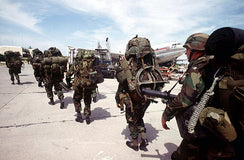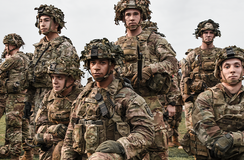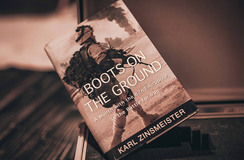How the Modern Backpack Parachute Came to Be (Part 1)
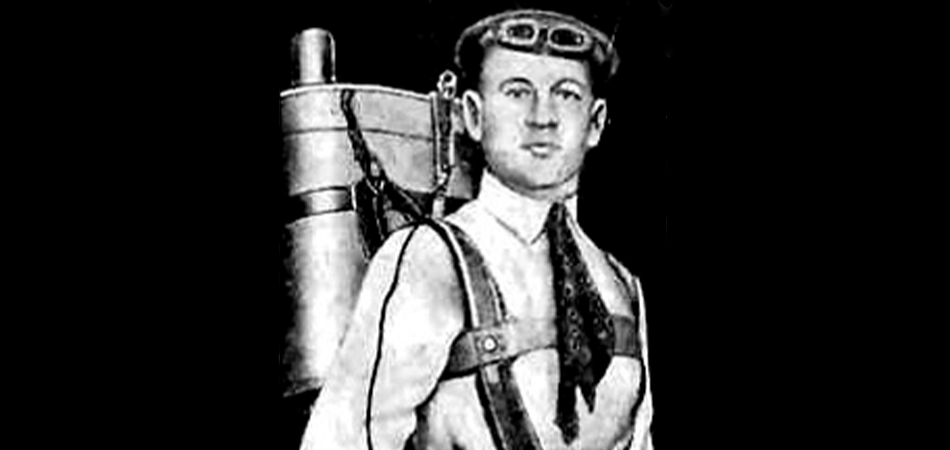
Gleb Kotelnikov was a Russian inventor who is credited with creating the first modern backpack parachute. Kotelnikov's parachute was designed to be worn on the back, unlike earlier parachutes which were much larger and had to be carried by the user. Kotelnikov's design was smaller and more compact, making it much easier to use. His invention revolutionized the parachute industry and made it possible for people to safely jump out of airplanes in an emergency.
By 1916, Kotelnikov had perfected his new parachute — a backpack system that allowed pilots to open the device with one hand and land on their feet.
Kotelnikov’s invention would become the standard for future parachute designs. But what is perhaps most remarkable about his work is that he was the first person to develop a functional backpack parachute, and he accomplished this feat without any formal training in the aeronautical sciences.
In the years that followed, the military would take full advantage of Kotelnikov’s invention.
The First Airborne Drop
During the years between World War I and World War II, many armies around the world began organizing their own specially designated units of soldiers trained to parachute into combat. In the 1930s, Russia invested itself heavily in the concept of parachuting, and the Red Army would eventually become the largest airborne force in the world. In 1940, the Soviet Union became the first nation to utilize large-scale airborne drops in combat when it airlifted thousands of paratroopers into the Baltic States to quell a rebellion against Soviet rule. During the early years of World War II, airborne troops would be used in several large-scale operations, including the German assault of the Netherlands.
In May of 1940, the German Wehrmacht airlifted thousands of paratroopers into Holland to seize bridges and airports. The operation was a success, and it allowed Germany to conquer the Netherlands in just five days. In the following months, the Germans would utilize their paratroopers in other large-scale airborne operations, including an assault on the Greek island of Crete. The operation was a disaster for the Germans, and it resulted in the death of more than 4,000 German paratroopers.
The Rise of the Sky Soldiers
The paratroopers would have a profound impact on the war effort by delivering troops behind enemy lines to assault strategic targets.
The U.S. Army Air Corps would also develop a new generation of aircraft to support the airborne troops — the C-47 Skytrain, a transport aircraft that would become an icon of the war.
The C-47 would become the backbone of the Air Force’s transport fleet and would play a crucial role in the war, carrying supplies and troops to the front lines and evacuating wounded soldiers back to safety.
In the early days of the war, it was the C-47 that carried the first American paratroopers into combat during the invasion of Normandy.
Conclusion
The history of the backpack parachute is an interesting one. It has its roots in the early days of aviation, when parachutes were first used to bail out of airplanes. The first backpack parachutes were developed in the 1930s, and they became increasingly popular in the following decades. Today, backpack parachutes are an essential piece of equipment for many skydivers and base jumpers. They are also used by some military personnel and first responders. The history of the backpack parachute is a fascinating story of innovation and evolution.


